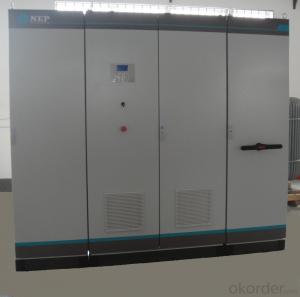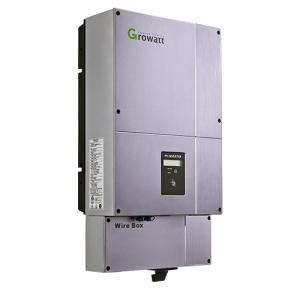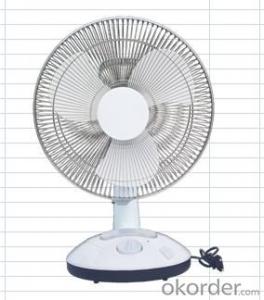Biggest Solar Inverter
Biggest Solar Inverter Related Searches
Largest Solar Inverter World Best Solar Inverter Top Solar Inverter Best Solar Inverter Best Inverter Solar The Best Solar Inverter Best Solar Power Inverter Solar Best Inverter Best Solar Battery Inverter Most Reliable Solar Inverter Solar Inverter Best Big Solar Inverter Best Inverter For Solar Best Inverter For Solar System Best Inverter Solar System Large Solar Inverter Max Solar Inverter Latest Solar Inverter Best Solar Inverter Generator Which Solar Inverter Is Best Best Solar Inverter For Home Best Solar Panel Inverter Best Solar Inverter Brands Best Solar Hybrid Inverter Best Solar Pump Inverter Best Home Solar Inverter Solar Inverter Size Max Power Solar Inverter Top Solar Inverter Brands Best Solar Inverter ChargerBiggest Solar Inverter Supplier & Manufacturer from China
The Biggest Solar Inverter is a high-capacity power conversion device designed to optimize the performance of solar energy systems. These inverters are essential components in the conversion of solar power from DC to AC, allowing it to be integrated into the electrical grid or used directly by consumers. They come in various sizes and capacities, catering to different solar panel setups and energy requirements.The Biggest Solar Inverter is widely used in residential, commercial, and industrial applications, where solar energy is harnessed to power homes, businesses, and factories. These inverters are particularly beneficial in areas with high solar irradiance, as they can efficiently manage and convert the large amounts of energy produced by solar panels. They are also used in off-grid applications, such as remote locations or emergency backup systems, where a reliable power source is crucial.
Okorder.com is a leading wholesale supplier of the Biggest Solar Inverter, offering a vast inventory to cater to the diverse needs of customers worldwide. With a commitment to quality and customer satisfaction, Okorder.com ensures that the Biggest Solar Inverters are available at competitive prices and are backed by excellent service and support.
Hot Products



















































